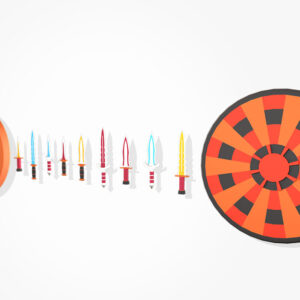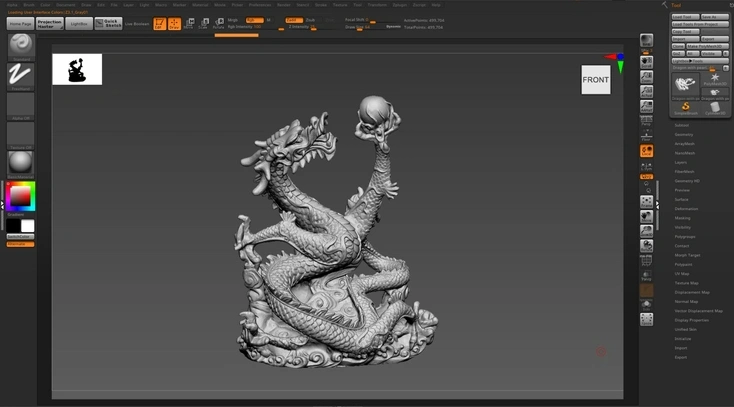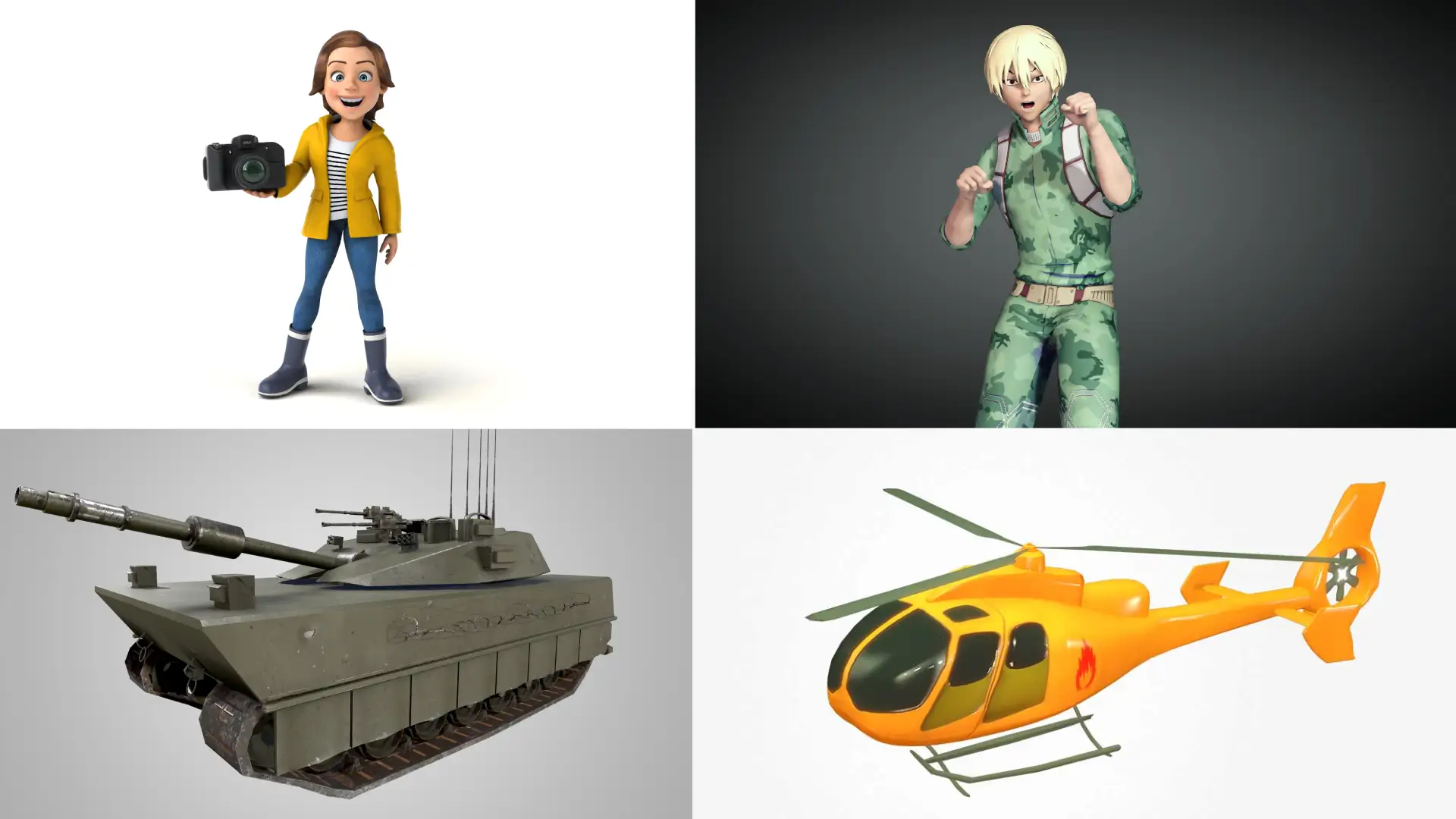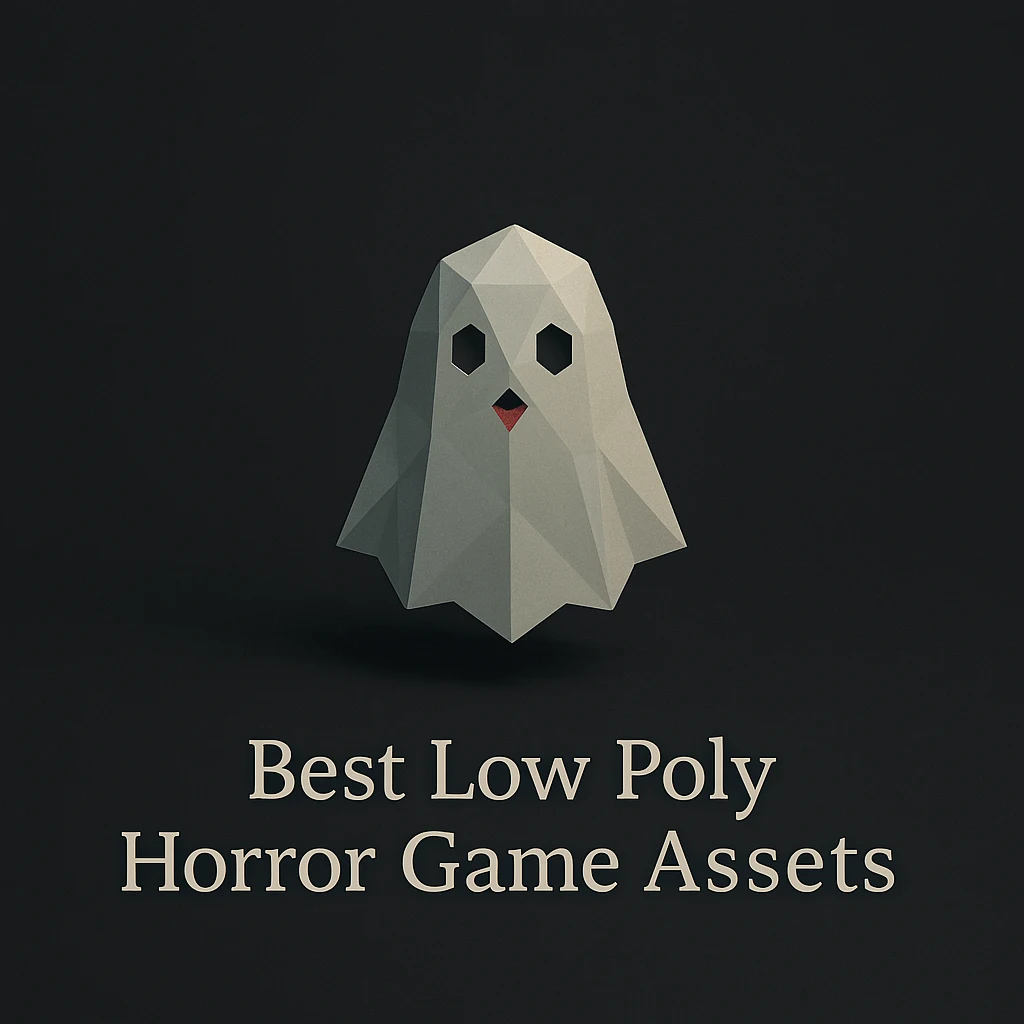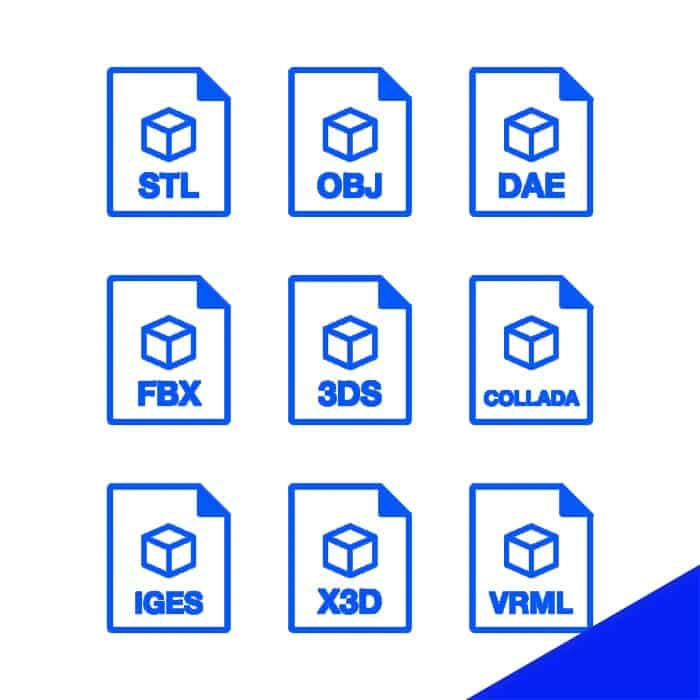Subtotal: $0.00
Top 3D Model File Formats Explained: FBX, OBJ, STL & More
by Animatics Asset Store in Blog on March 27, 2025Choosing the right 3D model file formats is important for compatibility and ease of use. Different formats serve various purposes. Some are best for 3D printing, while others work well for animations or gaming. This article explains popular file formats like FBX, OBJ, STL, and others clearly and simply.
What Are 3D Model File Formats?
3D model file formats are used to store data about three-dimensional objects. This includes information like shape, size, texture, color, and sometimes even animations. Selecting the correct format ensures your models work well with your 3D software and meet your project’s needs.
Here are some of the most common 3D model file formats:
FBX (Filmbox)
FBX is a popular file format developed by Autodesk. It’s commonly used in game design and animation. It stores detailed information, including geometry, materials, textures, lighting, and animations. This makes FBX suitable for complex projects.
However, FBX is owned by Autodesk. This means it might not always work smoothly with software from other companies. If you frequently use Autodesk tools like Maya or 3ds Max, FBX is usually the best option.
OBJ (Wavefront Object)
OBJ is a widely used, simple file format. It stores geometry, such as vertices, faces, and basic texture mapping. Because OBJ files store data as plain text, they’re easy to use with many different 3D programs.
The downside is OBJ files don’t support animations. They also can’t store advanced textures or scene information. But their simplicity and compatibility make them perfect for static models.
STL (Stereolithography)
STL is among one of the oldest 3D model file formats. It was originally created for stereolithography, a type of 3D printing. STL files store model geometry as triangles. This simplicity makes them great for 3D printing and prototyping.
However, STL files can’t store color, textures, or animations. If you’re creating models specifically for 3D printing, STL is usually the ideal choice. But for visual or detailed models, another format is better.
GLTF/GLB (GL Transmission Format)
GLTF, sometimes called the “JPEG of 3D,” is designed for web use. It stores geometry, textures, materials, animations, and scene information efficiently. GLTF is great for showing 3D models online because it loads quickly.
GLB is a binary version of GLTF. It packs all the necessary data into one file, making it easy to use on websites and mobile devices. This format is quickly gaining popularity due to its compact size and performance.
DAE (Collada)
DAE, also known as Collada, is an open, XML-based format. It supports a wide range of data like geometry, materials, textures, and animations. DAE is designed to help different software programs share 3D data easily.
Collada files are ideal if you’re working with a team using various software tools. However, the file size can sometimes be large because it’s text-based. For smaller file sizes, binary formats like GLB or FBX are better.
3DS (3D Studio)
3DS is a traditional file format originally from Autodesk’s 3D Studio. It can store geometry, textures, materials, and some basic animations. But it has limitations, like a maximum number of vertices and faces.
Today, 3DS is less common because formats like FBX and OBJ have become standard. While 3DS files still work with many programs, they’re typically not recommended for new projects.
How to Choose the Right 3D Model File Format?
Here are some points to consider when choosing your file format:
Purpose of the Model
- For 3D printing, choose STL files.
- For animations or complex scenes, FBX or DAE is better.
- For static models and simple sharing, OBJ is ideal.
- For web use, choose GLTF or GLB.
Software Compatibility
Make sure your chosen format is compatible with your software. OBJ works with almost any program. FBX is best suited for Autodesk software.
Required Features
Consider what you need in your model. If you need animations, avoid OBJ or STL. For advanced textures or materials, FBX or GLTF is best.
File Size and Efficiency
Binary formats like FBX and GLB create smaller files. Text-based formats like OBJ or DAE can be larger, slowing down performance.
Conclusion
Understanding 3D model file formats helps you pick the right one for your needs. Each format has strengths and weaknesses. OBJ offers simplicity and wide support. FBX provides advanced features for animation. STL is excellent for 3D printing. GLTF and GLB are best for web-based projects.
By choosing carefully, you save time and ensure your 3D models work smoothly across different software and uses.


